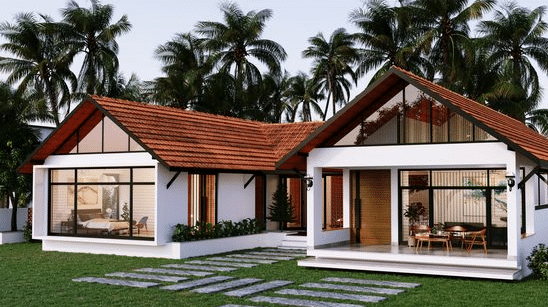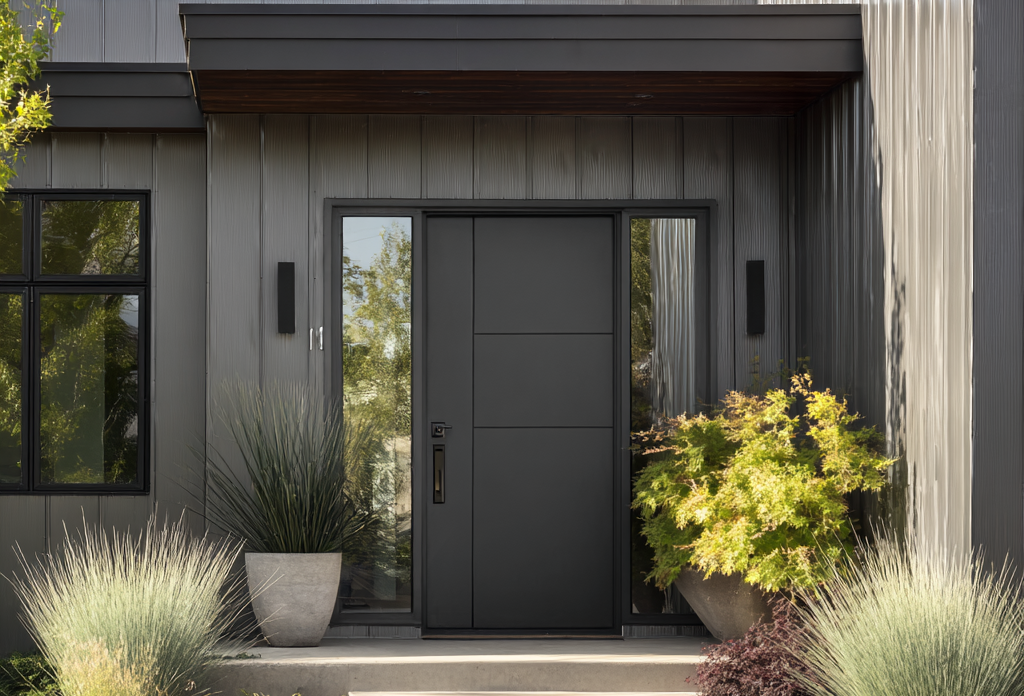Traditional Indian House Designs: A Journey Across Regions
India, with its vast cultural diversity and rich history, is a treasure trove of architectural marvels. One such marvel is the traditional Indian house, which varies from region to region yet holds a unifying touch of heritage. Here’s an in-depth look at the architectural nuances of traditional homes across various parts of India.
Kashmir: Nature’s Echo in Wooden Brilliance
In the serene landscapes of Kashmir, the homes are as beautiful as the state itself. The ample use of wood, with intricate geometric and floral motifs, adds not just beauty but cultural depth. Large windows and balconies provide panoramic vistas of the valleys.

The distinctive sloping roofs, covered with wooden or slate tiles, ensure easy shedding of snow. Central to these homes is the ‘wazwan’ – a courtyard that’s more than just a space; it’s the heart of the household.
Rajasthan: Grandeur Embodied in Havelis
The havelis of Rajasthan are emblematic of opulence, representing a confluence of Hindu Rajput and Mughal styles. Be it the ornate ‘jharokhas’, the elevated ‘chattris’, or the intricate ‘jaalis’, the architecture is a testament to the skills of Rajasthani craftsmen.
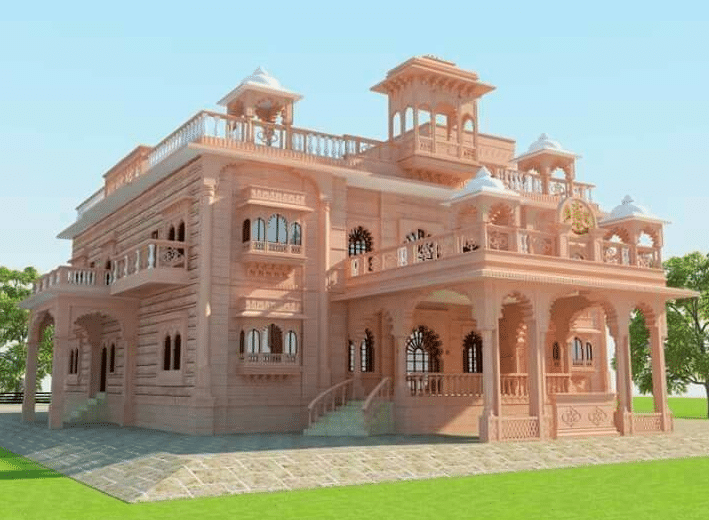
The dual courtyards offer both privacy and a cool retreat in the region’s arid climate, fostering social interactions within their shaded bounds. Traditionally wealthy residents spend their leisure time playing live casino India wanting to multiply their money and enjoy the thrill of gambling
Kerala: Symphonies in Stone and Wood
The architecture of Kerala blends seamlessly with its lush surroundings. Traditional homes here are known for their steep roofs to counter heavy rains, tall pillars, vast courtyards, and ‘gabled’ windows. The ‘nalukettu’, ‘ettukettu’, and ‘pathinarukettu’ are all classic house designs that are based on the number of blocks and courtyards.
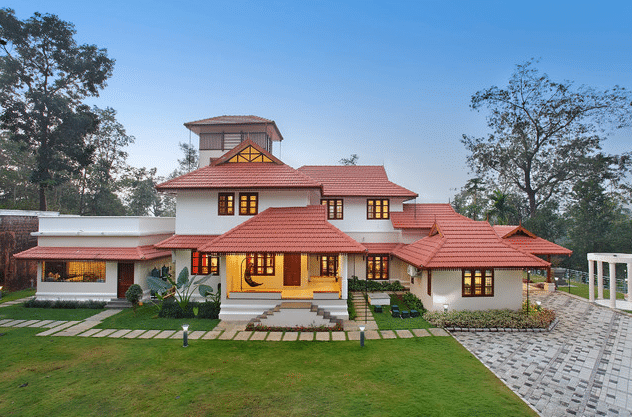
Central to these homes is the nurturing presence of the tulsi plant in the courtyard, purifying the surroundings.
Tamil Nadu: Agrahara Elegance
A classical Tamil house is a fine balance between beauty and functionality. ‘Agrahara’ or ‘Agraharam’ styled houses, traditional Brahmin homes, are perfect examples.
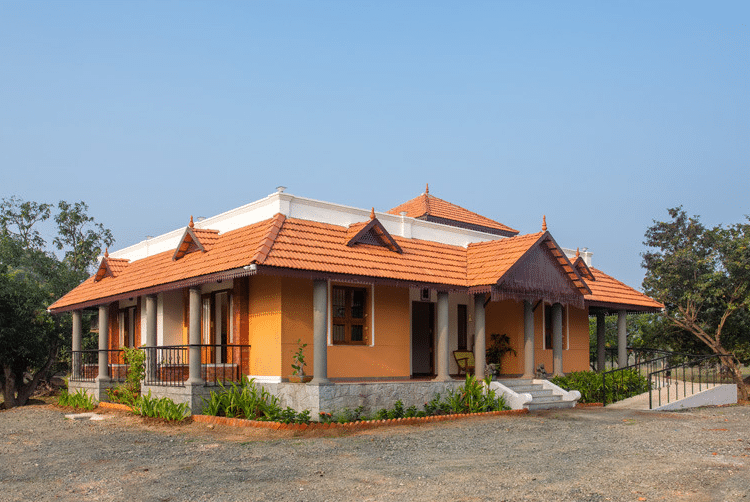
These homes prominently feature ‘thinnais’ or wide verandahs, a luxury of their times. The beautiful red oxide coated floors and ornate doors add aesthetic value while ensuring a cool ambiance.
Assam: Lightweight Yet Resilient
Assamese homes, primarily made of bamboo and timber, are designed keeping in mind the seismic activities in the region. The popular ‘Chang’ houses, constructed on stilts, are both a response to frequent floods and an architectural marvel.

Open spaces at both ends, gardens at the front, and kitchens at the heart, reflect the region’s warm and welcoming culture.
Punjab: Rustic Charm with a Hint of Bollywood
Bollywood’s beloved Punjabi homes are a blend of tradition and functionality. The central courtyard, typically adorned with small flower beds or orchards, is a place for festivities and daily gatherings.
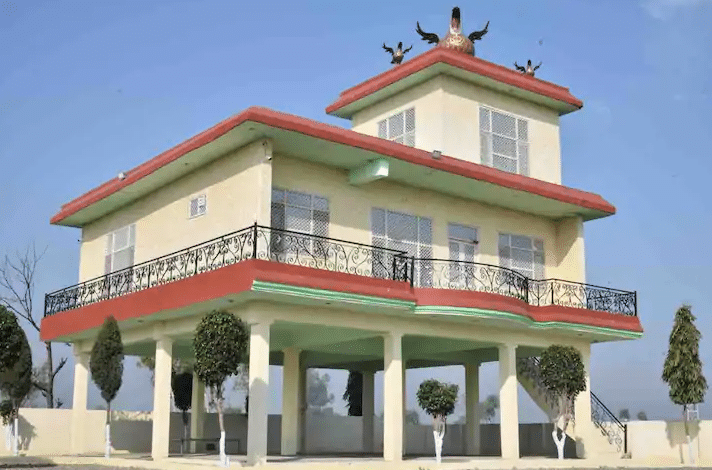
With walls made of baked bricks and timber doors, these homes are perfect sanctuaries from the scorching heat.
Kolkata: Colonial Grandeur in Bungalows
Kolkata’s bungalows are a legacy of the colonial era, blending European and Indian architecture. The vast courtyards, the ‘Vrindavan’ with its tulsi plant, the ornate verandahs, and the winding corridors showcase the opulence of the bygone era.
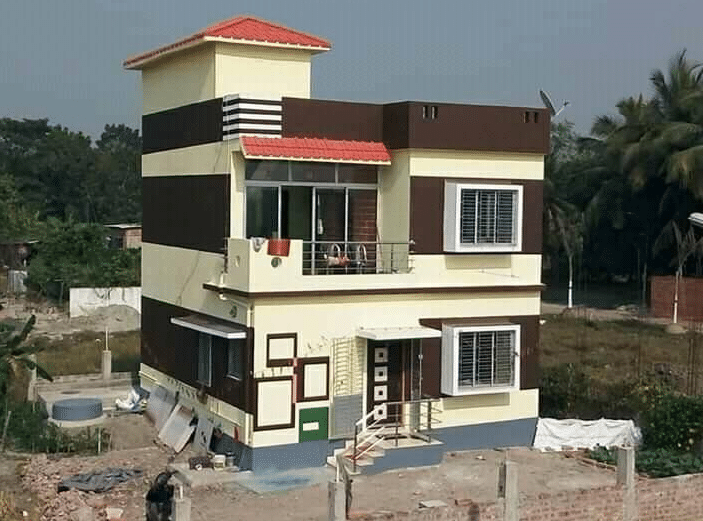
These bungalows, with their grand gardens and fountains, transport one back to a time of regal elegance.
Conclusion
India’s architectural landscape is as diverse as its culture. Each traditional design, rooted in the unique geographical and cultural backdrop of its region, tells a story of the people and their way of life. For those looking to add a touch of timeless elegance to their homes, these traditional designs offer both inspiration and a connection to India’s rich heritage.
FAQs

How are traditional Kerala houses identified?
Kerala houses are identified by their block structures like ‘nalukkettus’, ‘ettukkettus’, or ‘pathinarukettus’, with the material predominantly being wood.
What are residences traditionally called in Maharashtra, India?
They are referred to as ‘wadas’, with a distinction between apartment-style living and ‘chawls’.
Where do the traditionally rich of Delhi reside?
South Delhi has been the favored location for Delhi’s affluent, blending historical architectures with modern developments.
Remember, while these traditional designs offer inspiration, they can be adapted to modern requirements, preserving the essence of tradition in contemporary settings. Your dream home, echoing India’s rich architectural past, awaits!

